In the Spotlight
Provincial and Territorial Museums Associations undergoing shift change
Manitoba creates new grant program focused on reconciliation, inclusion
Saskatchewan commemorates its first provincial Black History Month
Royal BC Museum closes third floor to modernize galleries and exhibits
Correction to Muse Summer 2021
Provincial and Territorial Museums Associations undergoing shift change
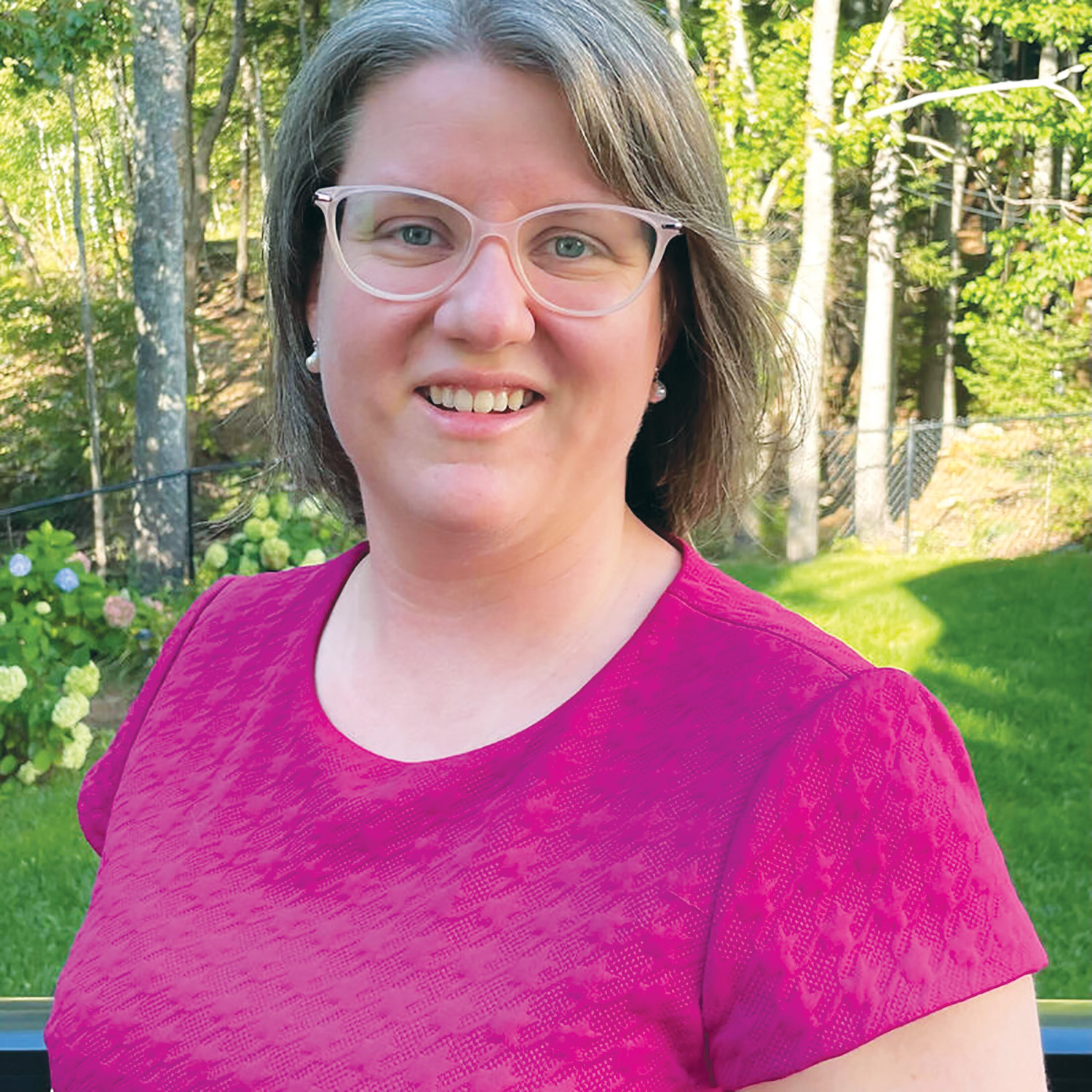 |
 |
 |
| Maggie MacIntyre | Jennifer Forsyth | Thomas McLeod |
 |
 |
|
| Monique Brandt | Wendy Fitch |
With no shortage of change in the museum sector over the last 12 months, the provincial and territorial museums associations have also been seeing some executive staff turnover. The Alberta Museums Association (AMA), Association of Manitoba Museums and Association of Nova Scotia Museums (ANSM) have both seen new Executive Directors appointed.
Lisa Wolfe, ANSM president, announced in September 2021 the appointment of new Executive Director Maggie MacIntyre, following the retirement of long service former director Anita Price. As an award-winning interpretive researcher and recent staff member at the Nova Scotia Museum, MacIntyre brings with her a long history of collaboration between the Nova Scotia Museum system and various provincial stakeholders in natural and cultural history interpretation. She also previously served on several committees and task forces, including the CMA’s own National Conference Committee in 2015-2016.
Recently announced in January 2022, the AMA named Jennifer Forsyth as their new Executive Director following the departure of Meaghan Patterson, who took a new position as Executive Director of the Royal Alberta Museum. Forsyth recently served as Interim co-director alongside Lauren Wheeler. Forsyth has been with the AMA since 2008 in many roles, including Program Lead, Advancement Lead, and Interim Executive Director of Governance and brings years of experience, and strong relationships with members to the role.
In Manitoba, Thomas McLeod has been named Executive Director following an announcement of Monique Brandt’s retirement. Brandt, who originally planned to work for AMM for 5-7 years, has been in the role since 2003. McLeod had previously held the role of President of the AMM’s board, as well as served as Executive Director for the Dalvanert Museum. Most recently, he was the Economic Development Officer for the Assiniboine Valley Regional Development Corp.
In December 2021, the Museums Association of Saskatchewan (MAS) announced the retirement of long-serving Executive Director Wendy Fitch, who will continue serving MAS until a new Executive Director is in place. Fitch has been with MAS in a variety of roles since 1986. The search for a new ED is underway, with the transition expected to occur sometime in early in 2022.
We wish everyone well in their next chapter and look forward to working with our new colleagues on our joint projects in the coming year.
Manitoba creates new grant program focused on reconciliation, inclusion
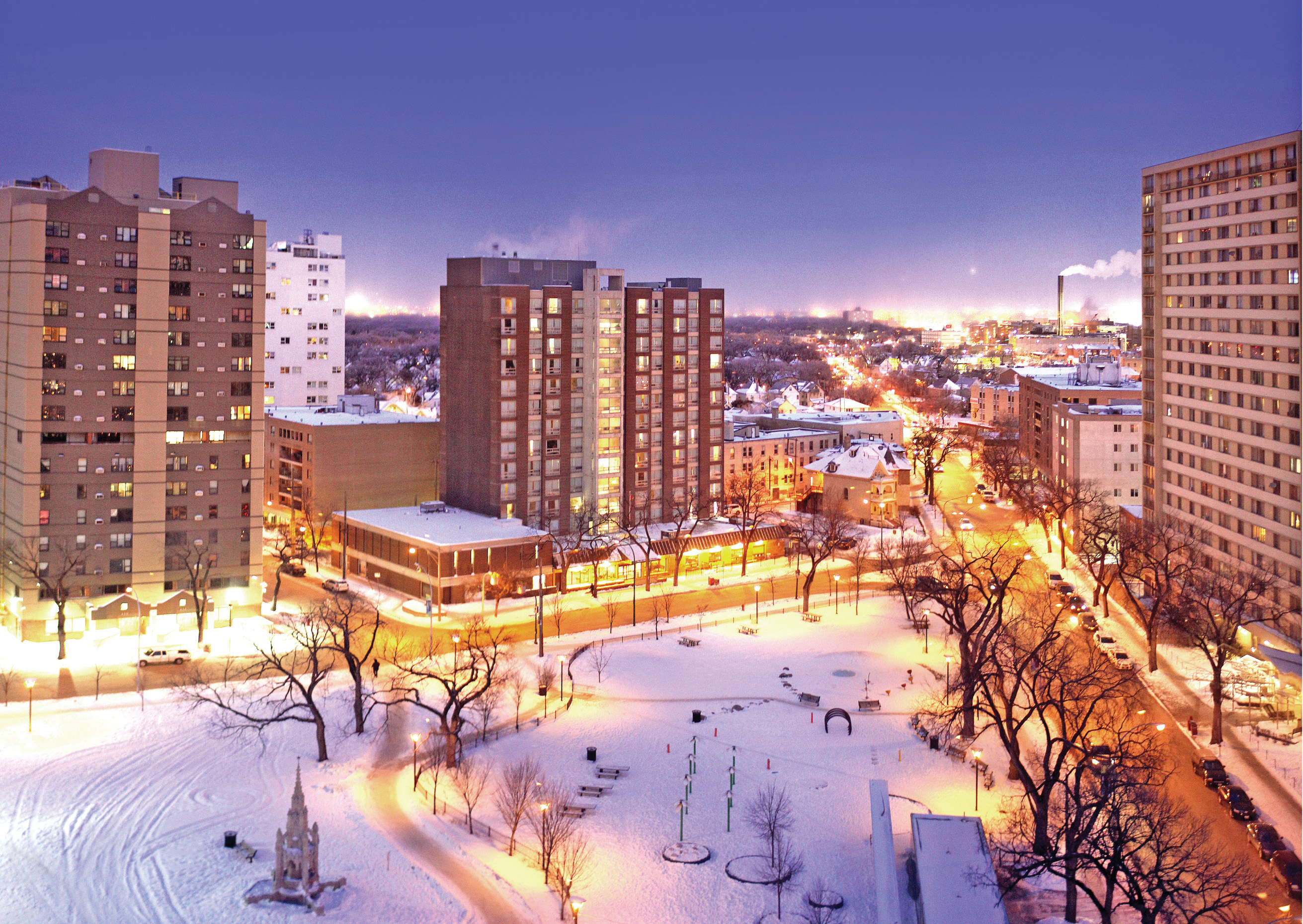
Aerial view of Winnipeg, home to 25% of the province’s museums and a centre for culture. Photo — Getty Images.
The Manitoba government began 2022 by announcing the Community Museums Project Support Program aimed at funding museum activities “that advance reconciliation, equity, diversity, inclusion, COVID-19 recovery and collections management,” said Sport, Culture and Heritage Minister Cathy Cox in a statement. The grants are available to non-profit community museums, with preference given to projects that promote partnership with Indigenous people or communities and “that support an appropriate interpretation of Manitoba’s history.”
The announcement comes at a very opportune time, with many community museums adapting to the impact of the COVID-19 pandemic, while also looking to increase their commitment to meaningful reconciliation with programming that reflects the role and importance of Indigenous peoples and history. “This new grant will help support the economic recovery of these important facilities and will support our government’s commitment to advance reconciliation, and build a more inclusive and prosperous future for all Manitobans,” Cox said.
Executive Director of the Association of Manitoba Museums, Thomas McLeod shared that what makes this funding program truly exciting is the longevity of the commitment, “The Province of Manitoba has made an eight-year commitment to its funding. This seems to recognize that the museum sector will need support for several years going forward as we emerge from the Covid 19 pandemic and move towards an endemic situation in our communities.”
Saskatchewan commemorates its first provincial Black History Month
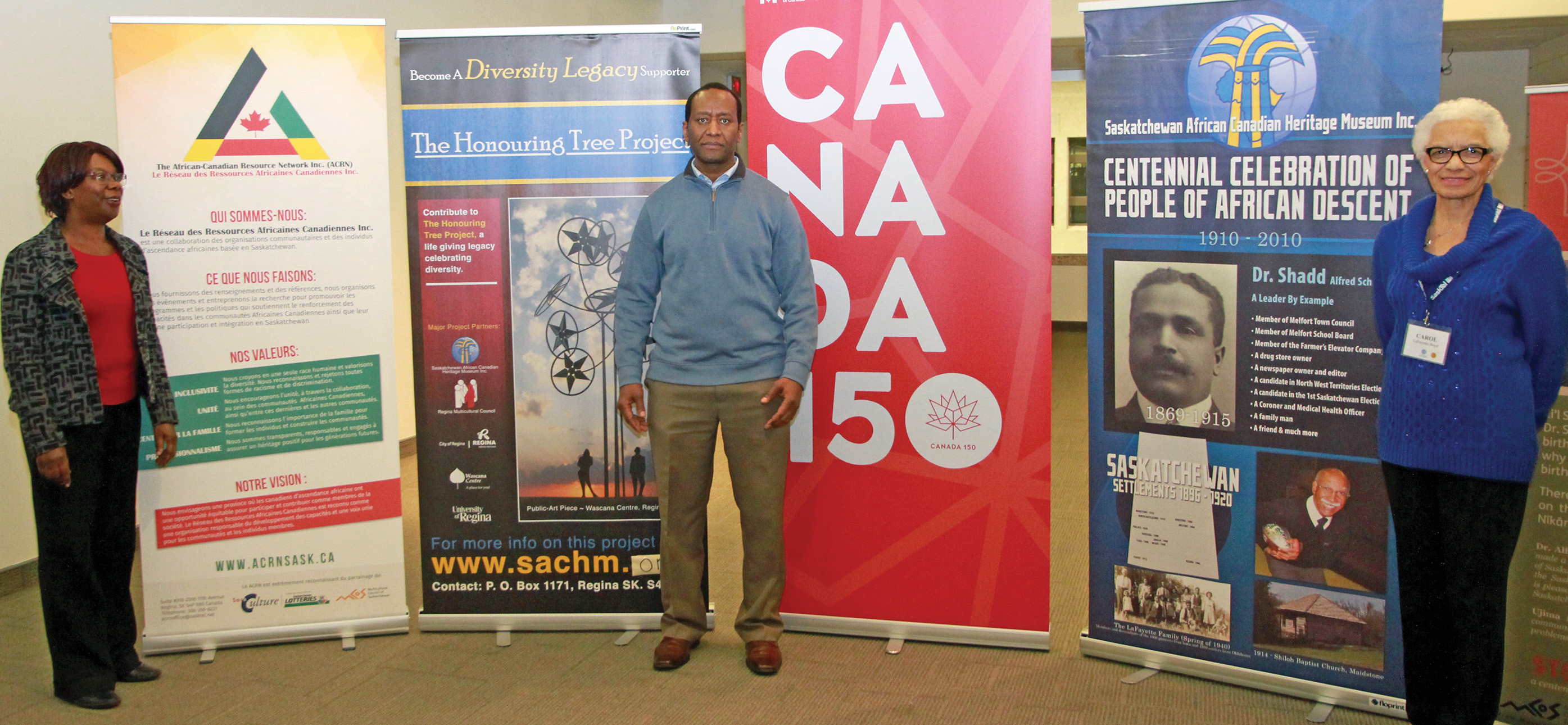
Members of the Saskatchewan African Canadian Heritage Museum at the museum’s launch in 2017. The museum is located within the Mackenzie Art Gallery.
Since 1995, Black History Month has been recognized and commemorated every February by the Canadian federal government. However, provincial and territorial recognitions have only been seen in Ontario (1978), Nova Scotia (1993) and Quebec (2007).
In 2021, Saskatchewan became the fourth Canadian province to recognize February as African-Canadian/Black History Month, the result of years of advocacy efforts by the Saskatchewan African Canadian Heritage Museum (SACHM).
Carol LaFayette-Boyd, executive director of SACHM, describes it as “a virtual museum and a charitable organization committed to strengthening multiculturalism, human rights and social justice and to celebrating, exploring, researching, documenting and preserving the history, heritage and contributions of African ancestry in the province of Saskatchewan.”
LaFayette-Boyd indicated that SACHM’s efforts to recognize African-Canadian/Black History Month in Saskatchewan took seven years. She attributes SACHM’s “relations with most African-descent groups in Saskatchewan” as the reason for which they were at the forefront of advocacy for recognizing Black History Month in the province. Though the efforts took long, LaFayette-Boyd mentions that “they [the ministry] have responded positively.”
These advocacy efforts are in line with SACHM’s mission to give visibility to people of African descent in Saskatchewan. “Many people are not aware of the history of people of African ancestry in Saskatchewan. One of the first we have documented is Dr. Alfred Schmitz Shadd who came from Ontario before Saskatchewan was even a province,” recounts LaFayette-Boyd. She further describes that “African-Canadian/Black History Month is an opportunity for all of us to learn about the wide range of African-Canadian experiences and the vital role this community has played in our shared history for over 100 years in Saskatchewan.”
Saskatchewan’s history of commemorating Black History Month underscores the active role museums like SACHM can play in giving visibility to Afro-descendant communities in provinces and territories in Canada.
Royal BC Museum closes third floor to modernize galleries and exhibits
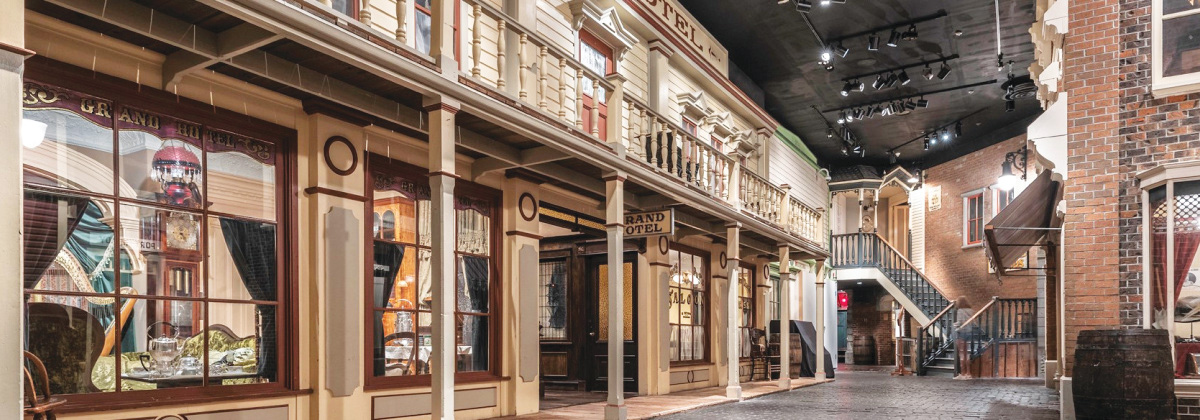
Victoria’s Royal BC Museum (RBCM) closed its third-floor galleries in the new year in an effort to modernize the information and perspectives showcased. The museum had previously closed the lumber and mining mezzanines in the Becoming BC gallery and the Cosmology display in the First Peoples’ gallery, in November 2021. This expanded closure saw the removal of the ship Discovery, Old Town and Totem Hall from visitor access. Many of the artefacts and materials had been on display untouched, with the exception of regular conservation review, since the opening of the third-floor galleries in 1972. There is no projected date for the floor’s reopening, with new displays and programming, but the museum expects the work to take several years given the magnitude and complexity of decanting existing exhibits, consultation and design.
The closure has seemingly elicited strong opinions both in the local media and online. The British Columbia Museums Association (BCMA) recently examined some of the online pushback, stating in a January 2022 news update: “Being on the receiving end of community backlash is distressing for organizations, but it is important to remember that in our highly politicized world, much of this backlash can be manufactured.” Using a program called BotSentinel, the BCMA has observed that negative social media comments include a mix of real accounts and accounts from suspected bots intended to amplify the sense of online outrage.
Real or fake, the CMA intends to examine the challenges inherent to museum decolonization at the upcoming national conference in April 2022.
Correction to Muse Summer 2021
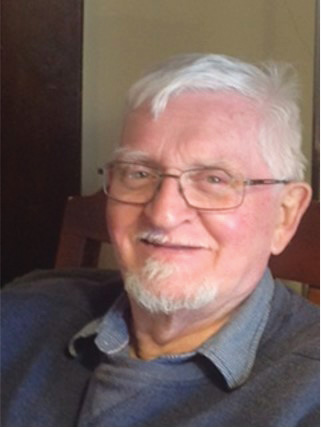 |
 |
| Maurice D. Smith | Teresita McCarthy |
Included as part of the CMA Awards 2021 special feature, the article “Award of Distinguished Service,” had an attribution error regarding quotes for Maurice D. Smith and Teresita McCarthy. The quotes were reversed. Our sincerest apologies go out to Mr. Smith and Ms. McCarthy. The quotes should have been attributed as follows:
Maurice D. Smith
“In a life long lived the Canadian Museum Association Award is accepted with gratitude and with many friends well remembered. I was recruited as a project manager to undertake the development of the Shipyard Building evolving into Executive Director/Curator 1978-2002. The Award has probably added a few more years to my life and for that, Ruth and family are grateful — as am I.”
Teresita McCarthy
“I am humbled and honored to have been selected to receive the 2021 CMA Award of Distinguished Service. To be counted among the incredible recipients who have preceded me, is more than I ever could have imagined possible. I did not win this award on my own. My success is possible because good people who were committed to our heritage and culture allowed me to stand on their shoulders. I owe a great debt of gratitude to my husband Des and our children Shannon (Robin), Gavin (Amy) along with our granddaughters, Tessa and Tori. They inspire me every day.”
